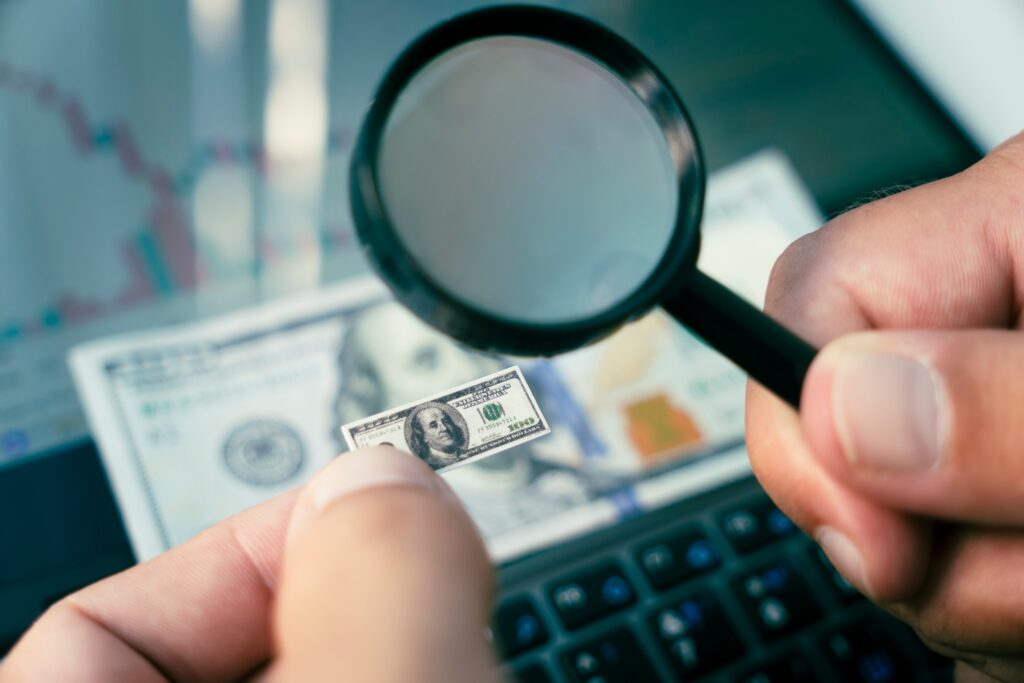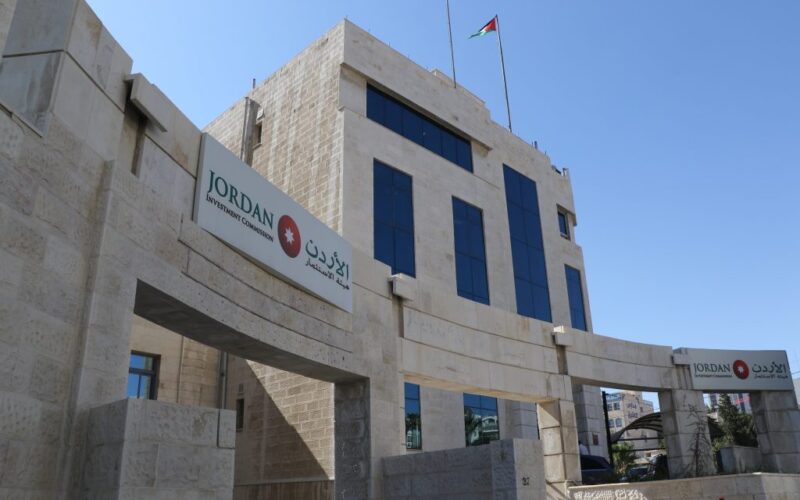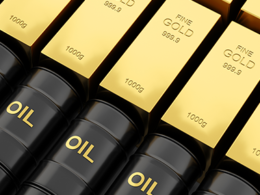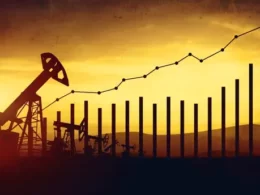AMMAN – Consumer inflation in the United States (US) fell to 4.9% in April, according to a statement by the US Labour Department on Wednesday.
The April rate is close to the 5% inflation levels reported a month earlier, in March, news outlets confirmed. But it is still lower than expected.
Earlier this year, forecasts estimated that inflation in the US will remain at 5%, the Financial Times highlighted. But this decline cites the lowest rate achieved by the US Federal Reserve Board (Fed) since April, 2021.
Overall, annual inflation in the US has dipped significantly from the 40-year high of 9.1% in June, 2022, according to The Guardian.
However, prices are still rising at twice the annual rate targeted by the Fed, which is 2%.
The latest monthly US consumer price index showed that prices rose at a rate of 0.4% in April, compared to 0.1% in March.
Since March 2022, the Fed has been trying to curb inflation by raising interest rates.
In the span of a little over a year, US interest rates increased by nearly 5%.
The latest Fed rate hike was earlier this month. It was the 10th consecutive rate hike in 14 months.
Still, core annual inflation, only declined slightly to 5.5%, in line with forecasts, the Financial Times explained.
Core inflation drives volatile energy and food prices.
If left unchecked, it threatens the value, i.e. the purchasing power, of the US dollar.

Data provided by Trading Economics indicate that core inflation in the US also marginally declined from 5.6% rate the month before.
US consumer inflation forecasts
According to Fed chair Jerome Powell, the central bank, i.e. the Fed, may pause rate hikes at the moment. But only to assess their impact on inflation before deciding on future ram ups.
Nonetheless, he clearly stated on May 4 that interest rates are likely to remain high, as long as inflation remains elevated.
On Tuesday the New York Fed president, John Williams, warned that inflation may remain an issue for a while. In spite of the interest hikes, he told the Economic Club of New York.
“Because of the lag between policy actions and their effects, it will take time for the [Fed’s] actions to restore balance to the economy and return inflation to our 2% target,” The Guardian quoted him saying.






